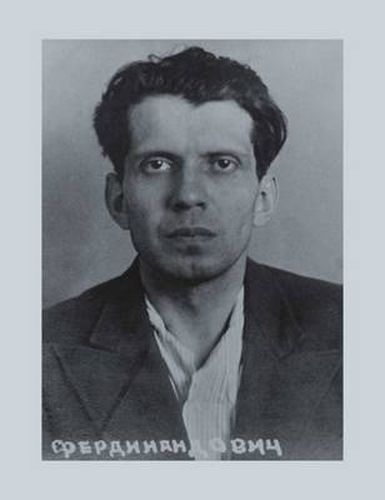Readings Newsletter
Become a Readings Member to make your shopping experience even easier.
Sign in or sign up for free!
You’re not far away from qualifying for FREE standard shipping within Australia
You’ve qualified for FREE standard shipping within Australia
The cart is loading…






Stefan Sebok was a Hungarian-born architect who worked with Walter Gropius in Dessau and Berlin in the late 1920s. The book is the result of the research of Sebok’s niece, Lilly Dubowitz, who has meticulously pieced together clues and details of her uncle’s life. He went on to work with fellow Hungarian emigre Laszlo Moholy-Nagy on his faous Light Prop, and later still oved to the Soviet Union to work with the constructivist architects Ginzburg, the Vesnin brothers and El Lissitzky. In between he carried out numerous projects of his own and found himself central to a key generation of emerging modern architects in Dresden, Berlin and Moscow. The book gives a compelling account of the gradual elucidation of a once forgotten architect. The text is accompanied not only by numerous illustrations of Sebok’s design work, but by essays on the Hungarian and Soviet context by historians Eva Forgacs and Richard Anderson.
$9.00 standard shipping within Australia
FREE standard shipping within Australia for orders over $100.00
Express & International shipping calculated at checkout
Stefan Sebok was a Hungarian-born architect who worked with Walter Gropius in Dessau and Berlin in the late 1920s. The book is the result of the research of Sebok’s niece, Lilly Dubowitz, who has meticulously pieced together clues and details of her uncle’s life. He went on to work with fellow Hungarian emigre Laszlo Moholy-Nagy on his faous Light Prop, and later still oved to the Soviet Union to work with the constructivist architects Ginzburg, the Vesnin brothers and El Lissitzky. In between he carried out numerous projects of his own and found himself central to a key generation of emerging modern architects in Dresden, Berlin and Moscow. The book gives a compelling account of the gradual elucidation of a once forgotten architect. The text is accompanied not only by numerous illustrations of Sebok’s design work, but by essays on the Hungarian and Soviet context by historians Eva Forgacs and Richard Anderson.